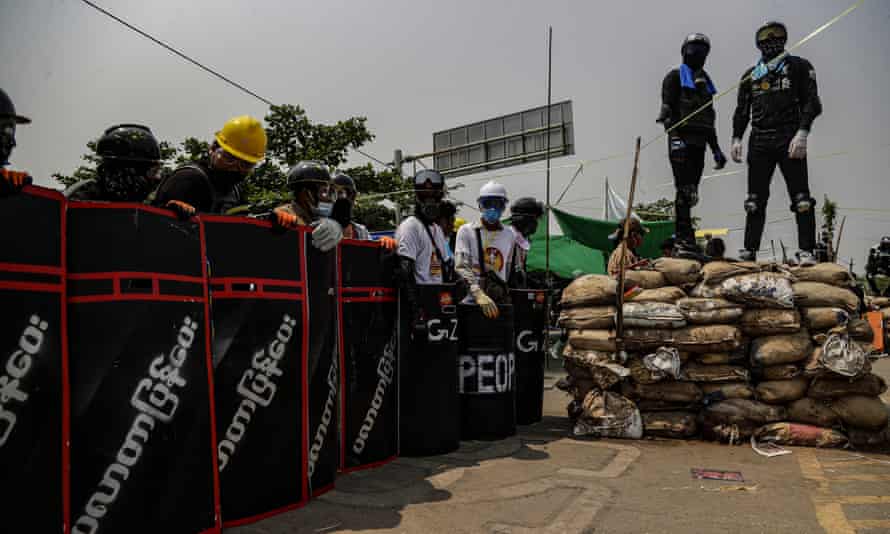Ted Cruz Mocked Again Over Cancun Trip As Texas Panhandle Faces Tornado Warning
By Lauren Dubois @l_dubois
03/13/21
Ted Cruz faced a lot of backlash after it was revealed he has flown to Cancun for a trip with his family as Texans struggled with freezing cold temperatures and power outages following winter storms, and now, with a new natural disaster and weather threat approaching the region, the senator is once again receiving heat for his previous actions.
As news of a weather system that could dump snow on Colorado and bring rain and a moderate risk of tornadoes to the Texas panhandle and Western Oklahoma began to circulate, Cruz, who was seen flying to Cancun during the state’s winter storms, quickly found himself ridiculed over his past behavior.
Cruz had gone to Cancun during the storms as his constituents struggled to survive in the freezing conditions, and quickly claimed he was only going down for a night to drop off his daughters who wanted to go. It was later revealed that he had planned to stay for a few days and his wife had also texted neighbors and friends to get them to go along with the family on their trip.
The current storm system has a threat of severe thunderstorms and potential tornados to areas of the panhandle, after a tornado already touched down in Lubbock, Texas on Friday night. According to the National Weather Service, parts of the area are under a Tornado Watch until 6:00 p.m. Central Time.
“A major storm system will bring heavy snow and blizzard conditions to parts of the central Rockies and High Plains through early Monday,” a statement from the NWS reads. “Scattered severe thunderstorms are expected across the Oklahoma and Texas Pandhandles, northwest Texas, and western Oklahoma this afternoon and evening. A few tornadoes, some strong, and very large hail are the main threats.”
According to Weather Nation, the Amarillo area is under the highest risk, which is a moderate one, while Lubbock and areas west heading into Oklahoma are under an enhanced risk. Slight risks extend up into Kansas and as far south as Sonora, while Wichita, Kansas and Del Rio are under marginal risks. General risks extend as far east as Austin and Dallas.
The Tornado potential is as high as 15% in Amarillo, with one small 30% chance near Abilene. A 30% chance of hail is also possible near Amarillo.






 Social distancing circles in New York -- but could the rules soon be cut from six foot to three foot?
Social distancing circles in New York -- but could the rules soon be cut from six foot to three foot?


